If we want to fire a tennis ball into space from the surface, we need to know how much energy it needs to leave the influence of Earth’s gravity. This means calculating the work done:
Work done (Joules) = Weight (Newtons) x Distance (metres)
Where we find weight based on the interaction with gravity:
Weight (Newtons) = Mass (kilograms) x g (Newtons per kilogram)
In the case of Earth, g=10 Newtons per Kilogram and the weight of the tennis ball is 60 grams. If we run through the calculations based on a 60g tennis ball, we find that:
Work done = 240 000 Joules
When we put this in context, Andy Murray can serve a tennis ball at 65 metres per second. We can find the kinetic energy of the ball when he hits it:
Kinetic Energy (Joules) = ½ x Mass (kg) x Speed of ball2
This works out to be a kinetic energy of 118 Joules. We’d therefore need over 2000 Andy Murrays hitting the ball at the same time to get it into space. Unfortunately we only have one Andy Murray… Instead, we’re probably going to stick the ball on a rocket and use an explosive reaction to get the energy we require.
But what if we were on the Moon? Its value of g is a lot less than what we experience on Earth and comes in at 1.6 Newtons per Kilogram. This greatly reduces the energy required to get the ball into orbit. Another consideration is that we don’t have to travel as far from the surface of the Moon to get into orbit. During the Apollo Moon Landings, the Command Module would sit at a distance of 110 km above the surface. Back at Earth, the International Space Station orbits us at a distance of 400 km.
Taking all of this into consideration, we find that the work done for a tennis ball to leave the surface of the Moon to get into orbit is 10, 560 Joules. This is much more achievable. In fact, this is the equivalent of 90 Andy Murrays so perhaps if we got the top 100 tennis players in the world and sent them to the Moon…

